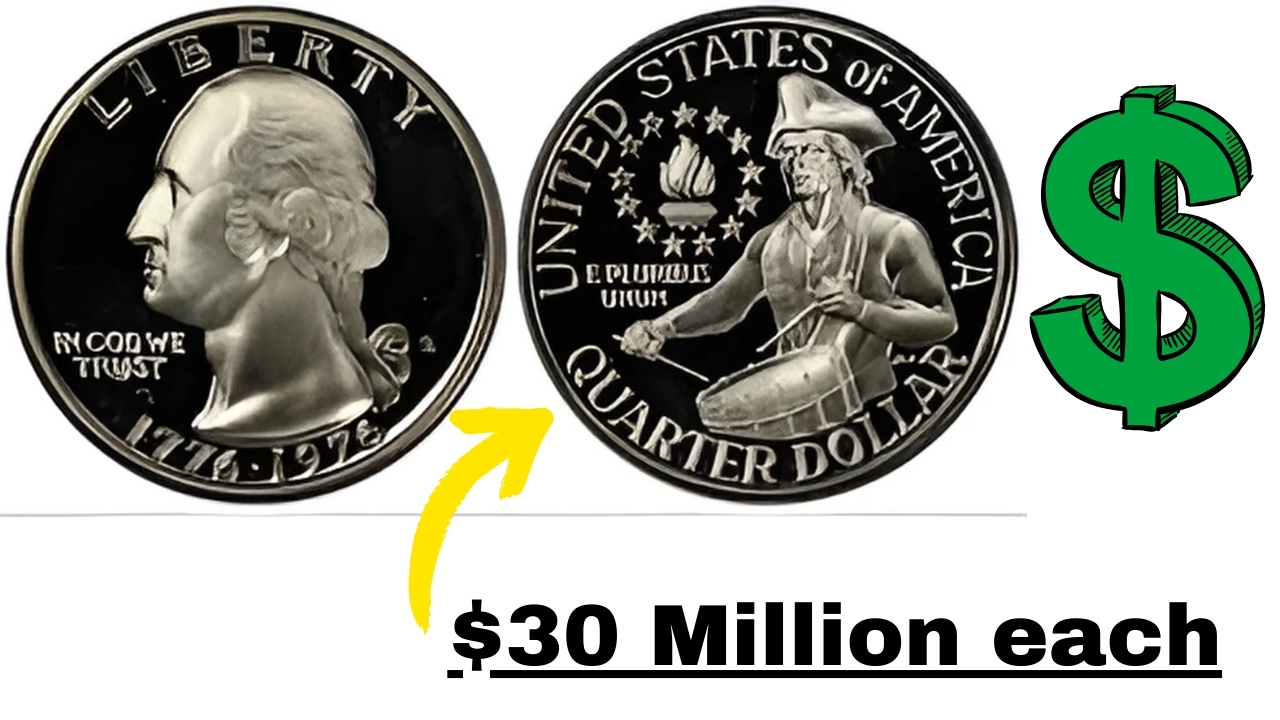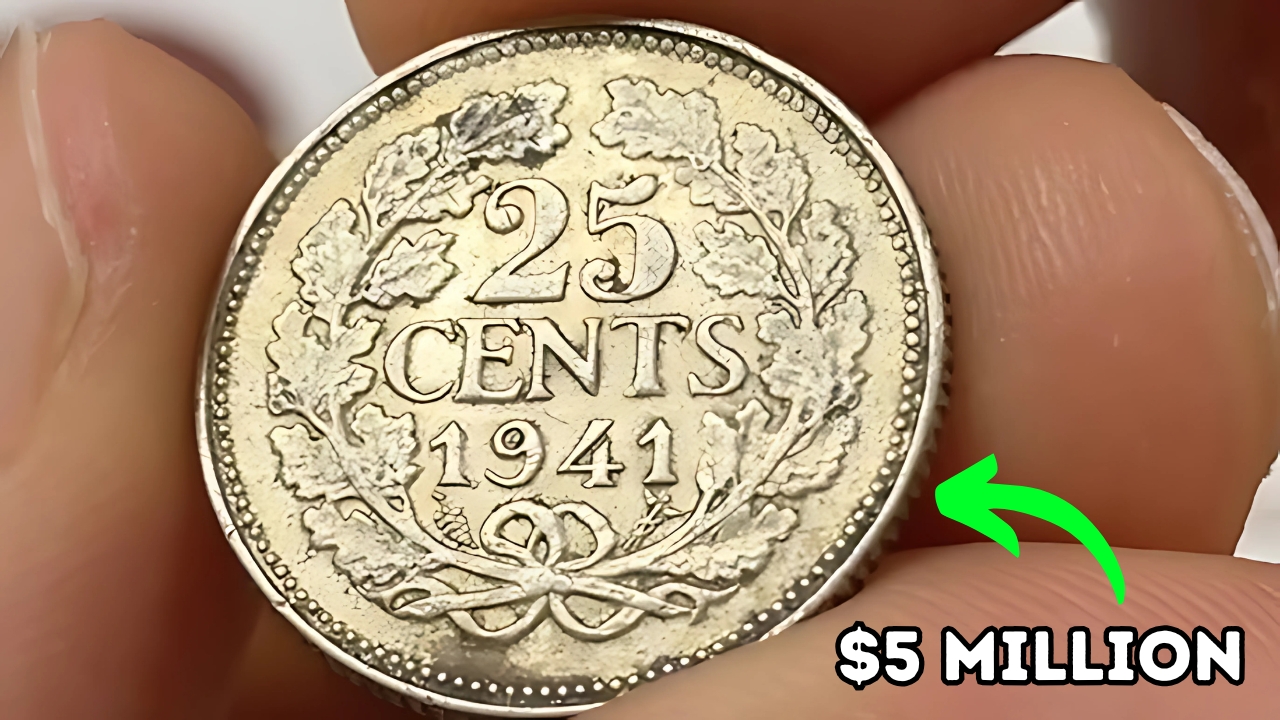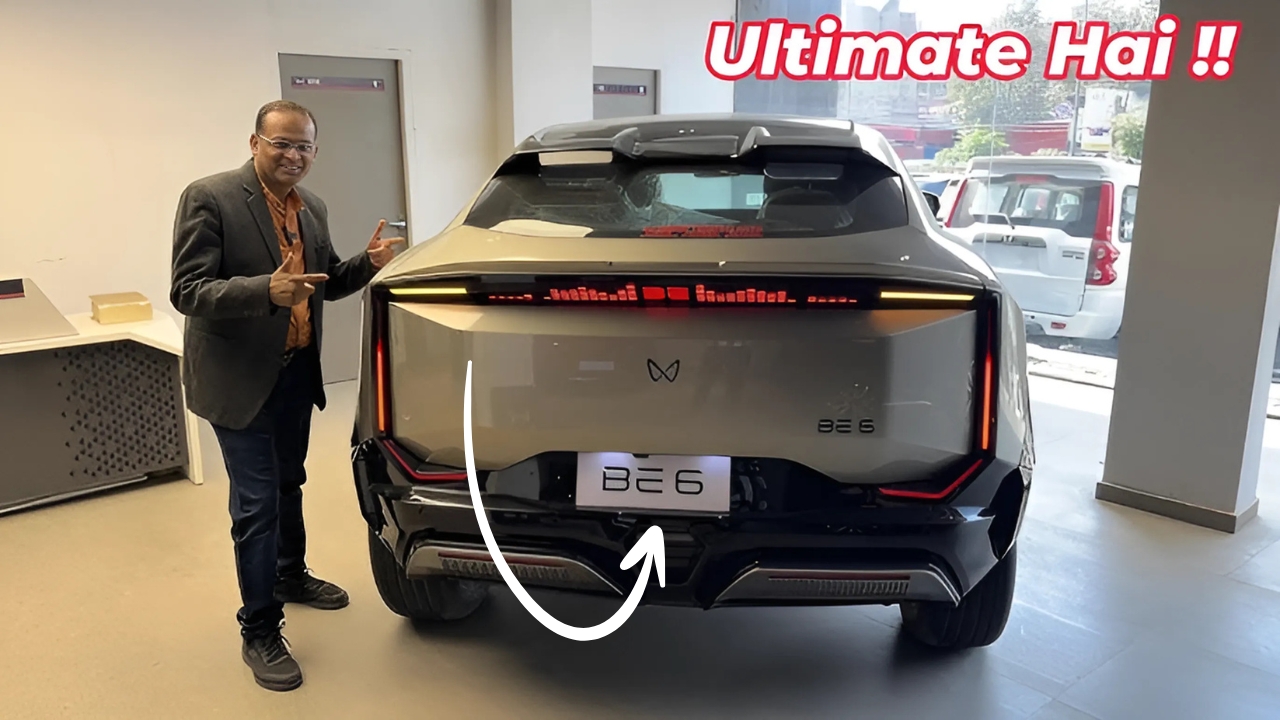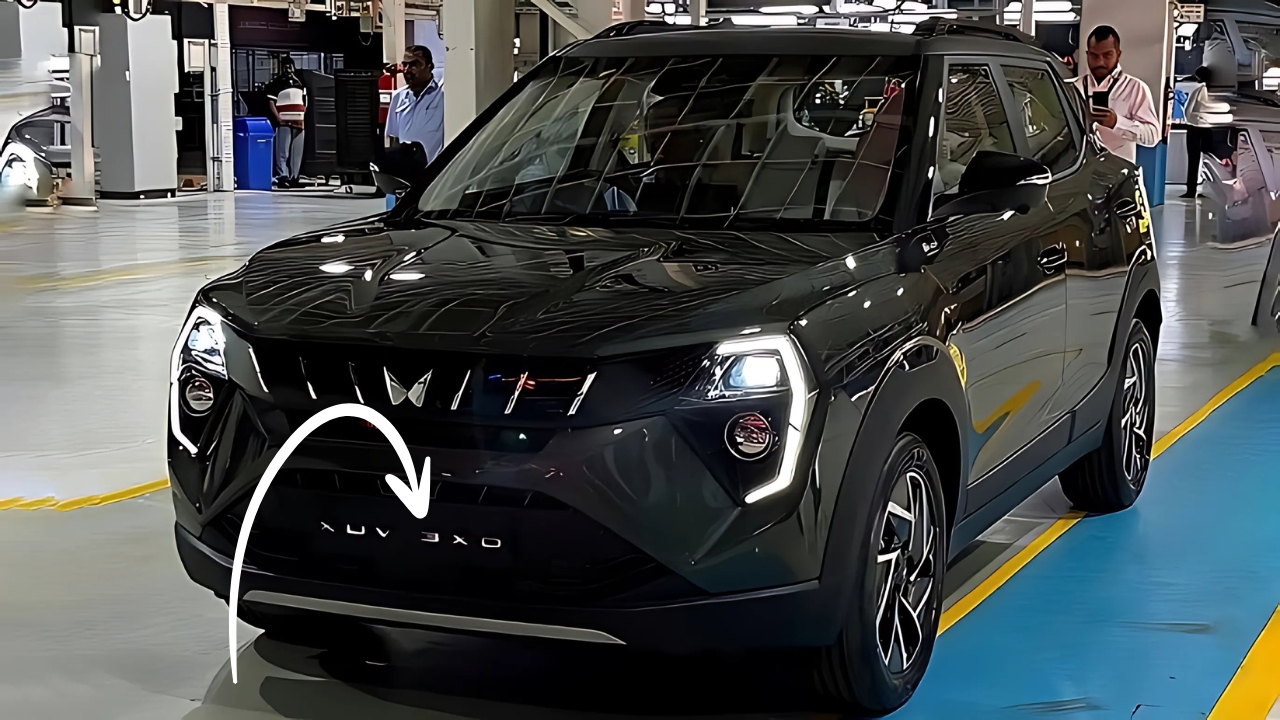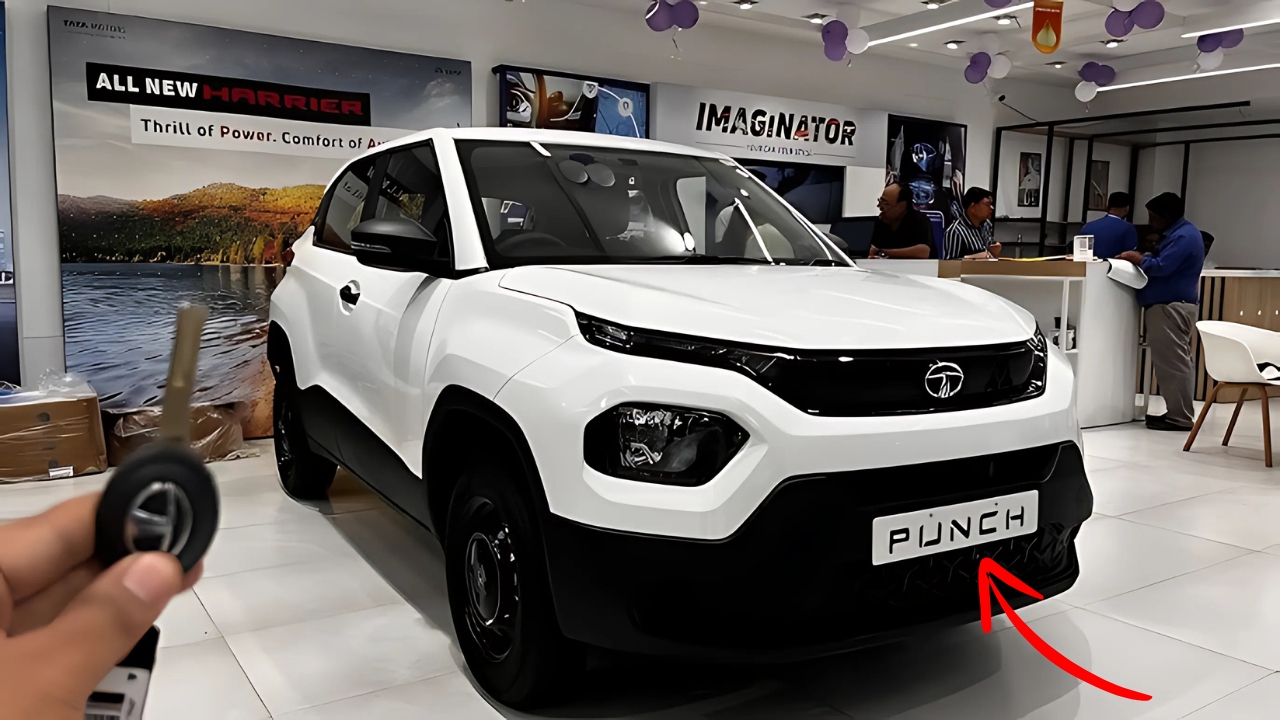10 rare Bicentennial Quarters : In the realm of coin collecting, the discovery of rare coins often stirs both excitement and curiosity. Recently, whispers have been floating around about ten exceptional Bicentennial Quarters, said to be valued at an incredible $30 million each.
These lofty claims have ignited a buzz among collectors, yet like many sensational tales in the collectible community, the reality is quite intricate.
So, let’s embark on a journey to uncover the alluring story behind Bicentennial Quarters, assess their real worth, and clarify the intriguing myths surrounding them.
The Bicentennial Quarter was minted in 1975 and 1976 to mark the 200th anniversary of America. This unique coin showcased a striking design:
-
Obverse (Front): The classic likeness of George Washington
-
Reverse (Back): A colonial drummer designed by Jack L. Ahr, replacing the familiar eagle
-
Dual Date: 1776-1976, which sets it apart from standard quarters
Produced in vast numbers by the U.S. Mint, these quarters aimed to allow every American a tangible piece of this historic celebration.
Mintage and Types
The Bicentennial Quarters were struck at three different mints, each adding to their backstory:
-
Philadelphia Mint (No Mint Mark): 809,784,016 coins
-
Denver Mint (D Mint Mark): 860,118,839 coins
-
San Francisco Mint (S Mint Mark):
-
11,000,000 uncirculated 40% silver coins
-
7,059,099 proof clad coins
-
4,000,000 proof 40% silver coins
-
With production exceeding 1.6 billion coins, the majority of Bicentennial Quarters you encounter today are typically worth only their face value of 25 cents.
The $30 Million Myth
Despite the claims about the existence of 10 Bicentennial Quarters valued at $30 million each, this assertion is sadly unfounded.
You won’t find any reputable sources or auction records validating such outrageous prices. Nevertheless, this doesn’t imply that these quarters are devoid of value; they certainly hold appeal for collectors.
Real Values of Rare Bicentennial Quarters
Although the $30 million valuation is far-fetched, some Bicentennial Quarters have indeed fetched impressive prices. Here are a few notable sales:
-
1976-S Silver Proof Bicentennial Quarter: An exceptional specimen was auctioned for $19,200.
-
Double Denomination Error: An intriguing minting error where a quarter design was struck on a dime planchet, selling for $9,200 in 2020.
-
1976-D Clad DDO (Double Die Obverse) Bicentennial Quarter: This notable error coin achieved $8,400 at auction in 2023.
-
1976-S Silver Proof Deep Cameo Bicentennial Quarter: A particularly eye-catching example sold for $2,760 in 2007.
These examples illustrate that while they may not be mythical treasures, certain Bicentennial Quarters hold considerable value under the right conditions.
Factors Affecting Value
Several key factors influence the worth of a Bicentennial Quarter:
-
Condition: Coins in top-notch, uncirculated condition are inherently more valuable. The grading scale stretches from Poor (P-1) to Perfect Mint State (MS-70), with higher grades attracting premium prices.
-
Composition: Silver proof coins are typically more sought after than clad versions due to their precious metal content and lower mintage.
-
Errors and Varieties: As with many collectible coins, errors and distinct varieties can significantly enhance a Bicentennial Quarter’s value, encompassing doubled dies, off-center strikes, and more.
-
Certification: Coins that are graded and certified by respected third-party services like PCGS or NGC often command higher prices, as collectors value assurance of authenticity and condition.
The Rarity Factor
It’s important to understand that despite the occasional high prices for certain specimens, Bicentennial Quarters are not inherently rare.
With over 1.6 billion coins struck, they were made in such abundance that they remain prevalent in circulation today.
Rarity is more pertinent to particular varieties, errors, or coins graded in exceptionally high conditions.
For instance, while millions of these quarters were minted, only a select few have received the highest grades from professional evaluators.
Collecting Bicentennial Quarters
If you’re looking to start your collection of Bicentennial Quarters, consider the following tips:
-
Begin with the Basics: Secure examples from each mint (Philadelphia, Denver, San Francisco) in the best condition you can afford.
-
Learn to Grade: Familiarize yourself with coin grading standards to accurately assess potential acquisitions.
-
Seek Silver Proofs: These versions tend to be more valuable, making them an excellent entry point for serious collectors.
-
Search for Errors: Although rare, error coins may occasionally turn up in circulation or in unexamined bank rolls.
-
Attend Coin Shows: These gatherings provide a fantastic opportunity to view rare coins and meet fellow enthusiasts.
The Investment Perspective
While some Bicentennial Quarters have commanded substantial sums, it’s crucial to have realistic expectations when delving into coin collecting.
As of 2025, the majority of circulated Bicentennial Quarters remain worth only 25 cents. Even uncirculated, uncertified examples can be obtained for around $2 each.
According to coin expert Charles Morgan of CoinWeek, “The value of the 1976-P Washington Quarter has stayed relatively stable since 2007, even as the dollar has diminished by 30%. That’s not particularly strong from an investment angle.”
However, this doesn’t diminish the enjoyment of collecting.
The thrill of the hunt, the ties to history, and the possibility of unearthing a rare find all make collecting these coins a fulfilling endeavor for many numismatists.
Debunking Common Myths
Let’s clarify some widespread misconceptions about Bicentennial Quarters:
-
All Bicentennial Quarters are valuable: Not true. Most hold only face value.
-
Silver Bicentennial Quarters were circulated: Incorrect. Silver versions were minted exclusively as proofs or uncirculated items for collectors.
-
The drummer boy design signifies rarity: False. This design was utilized on all Bicentennial Quarters, not just the rare ones.
-
Bicentennial Quarters are no longer in circulation: Not accurate. Many are still found in everyday transactions.
The Cultural Impact
Beyond monetary value, Bicentennial Quarters occupy a significant place in the fabric of American cultural history.
They symbolize a time when the nation united to celebrate its heritage while looking forward.
For many who experienced the Bicentennial festivities firsthand, these coins are tangible reminders of that unique era in America.
Looking to the Future
As we approach the 250th anniversary of America, the Bicentennial Quarter serves as an emblem of how coins can encapsulate historically significant moments.
Even though they may not be the mythical treasures some imagine, these coins continue to captivate collectors and history buffs alike.
The numismatic landscape is ever-changing, and while reaching those inflated values may be unlikely, their historical relevance guarantees they will remain cherished collectibles for years ahead.
Conclusion
The saga of the $30 million Bicentennial Quarter is a classic case of numismatic folklore.
While these coins might not live up to the financial windfalls some hope for, they still hold an essential place in American coinage history.
Their true worth lies not only in potential monetary gains but in the rich stories they tell and the history they embody.
For collectors, the excitement comes from discovering unique specimens—whether high-grade coins, silver proofs, or rare errors—that command significant prices.
And for others, each time they encounter a Bicentennial Quarter in their change, it’s a chance to reflect on this small yet meaningful slice of American heritage.
In essence, the Bicentennial Quarter teaches us that a coin’s value isn’t solely about dollars and cents.
Sometimes, its true worth lies in the memories sparked, the history encapsulated, and the narratives it helps us share.
Thus, whether valued at 25 cents or thousands, every Bicentennial Quarter is truly priceless.
